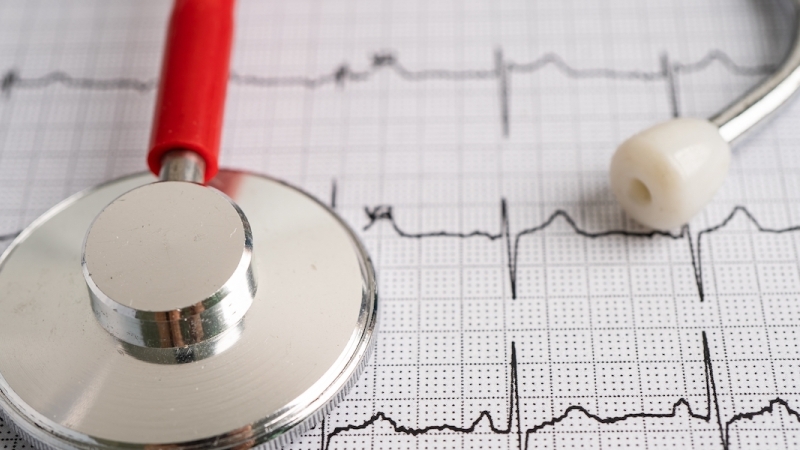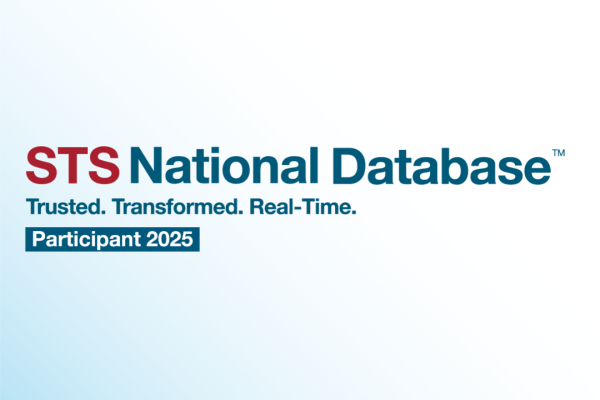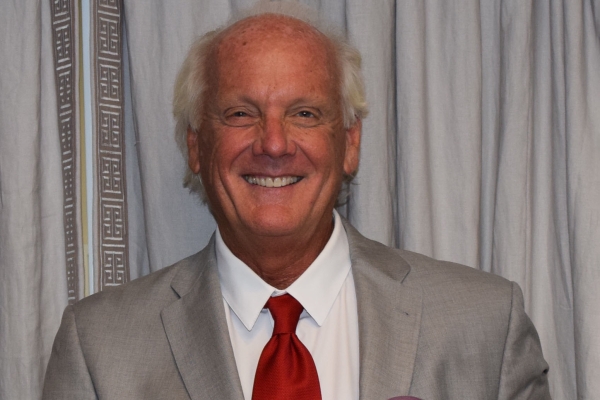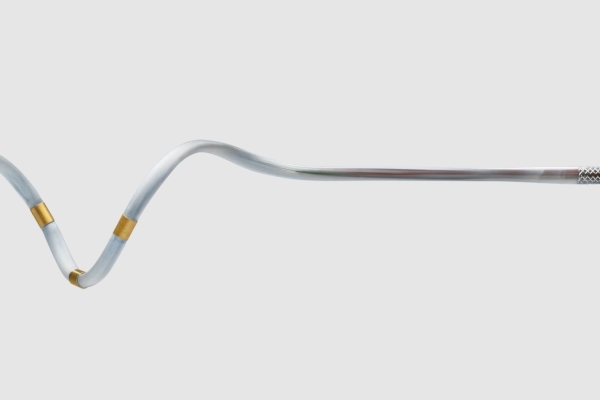The Catheterization Lab (Cath Lab) has three different areas of practice:
Interventional procedures are used to open blocked arteries. They include:
- Cardiac Catheterization
- Percutaneous Coronary Intervention (PCI)
- Peripheral Vascular Intervention (PVI)
- Balloon Angioplasty
- Atherectomy
- Stent Implantation
Structural procedures are used to correct conditions that affect the heart’s anatomy, including the valves, chambers, and walls, with treatments which include:
- Transcatheter Aortic Valve Replacement (TAVR)
- Transcatheter Mitral Valve Repair (MitraClip)
- Left Atrial Appendage Closure (LAAC)
(EP) procedures are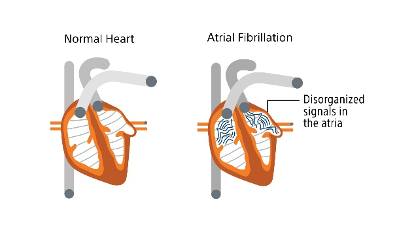 performed within the electrical portions of the heart affecting rhythm.
performed within the electrical portions of the heart affecting rhythm.
- Devices such as pacemakers and defibrillators are often used to treat problem heart rhythms.
- Catheter-based radio-frequency ablation procedures are used to treat and manage fast rhythms such as Atrial and Ventricular Tachycardias, Atrial Flutter and Atrial Fibrillation.

- Cardiac ablation has been done for more than 30 years. Traditional methods use thermal energy, or intensely hot or cold temperature energy, to put the heart back in rhythm. FARAPULSE™ Pulsed Field Ablation is the next generation of ablation technology approved by the FDA that uses electrical energy that is neither intensely hot nor cold.
Disclaimer: The FARAWAVE catheter is intended for the isolation of the pulmonary veins in the treatment of paroxysmal atrial fibrillation and the isolation of the pulmonary veins and posterior wall in the treatment of persistent atrial fibrillation (lasting less than one year) by rendering targeted cardiac tissue electrically non-conductive to prevent cardiac arrhythmia initiation or maintenance. With all medical procedures there are risks associated with the use of the device. The risks include but are not limited to pain or discomfort, electric shock, hypotension, infection/inflammation, allergic reaction, anesthesia risk, radiation injury/tissue burn, heart failure, renal failure, respiratory distress, arrhythmia, nerve injury (such as phrenic nerve or vagal nerve), gastrointestinal disorders, vessel trauma, cardiac trauma (such as perforation), injury related to adjacent structures (esophageal injury, atrio-esophageal fistula, pulmonary injury), pulmonary vein stenosis, surgical and access complications, muscle spasm, injury due to blood clot or air bubbles in the lungs or other organs, heart attack, TIA, stroke, and/or damage to red blood cells. In rare cases, cardiac arrest or death may occur. Be sure to talk with your doctor so that you thoroughly understand all of the risks and benefits associated with the procedure and use of the device.
